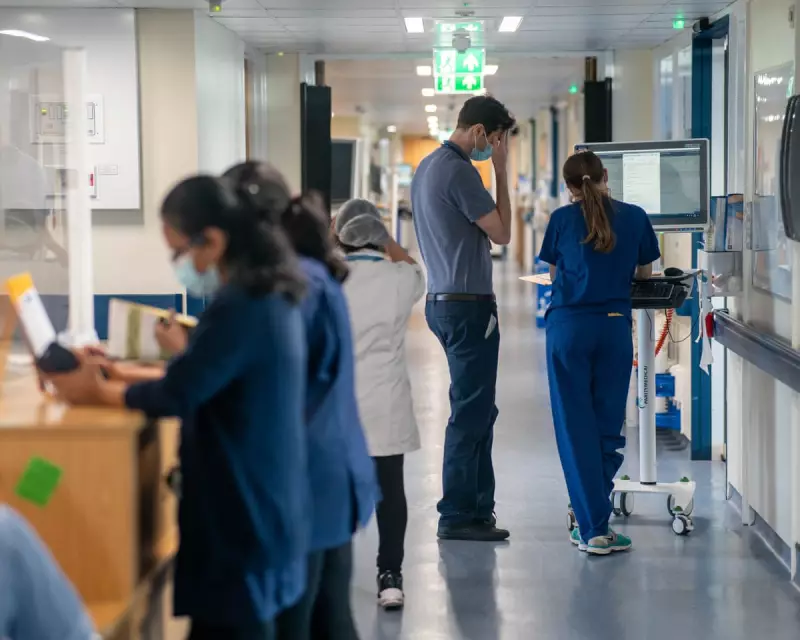
The National Health Service is embarking on a transformative journey in men's healthcare as it prepares to roll out sophisticated artificial intelligence technology designed to revolutionise prostate cancer detection and treatment.
A New Era in Cancer Diagnostics
Starting this month, multiple NHS hospitals across England will implement an innovative AI system that analyses medical scans with unprecedented precision. This cutting-edge technology promises to enhance how doctors identify and manage prostate cancer, potentially saving countless lives through earlier and more accurate detection.
How the AI System Works
The sophisticated algorithm examines MRI scans and other medical imaging, identifying subtle patterns and abnormalities that might escape the human eye. By processing vast amounts of data from previous cases, the system provides clinicians with detailed insights and treatment recommendations tailored to each patient's unique condition.
Benefits for Patients and Clinicians
- Faster diagnosis: Reduced waiting times for results and treatment decisions
- Enhanced accuracy: Improved detection of aggressive cancer forms
- Personalised treatment: Tailored approaches based on comprehensive data analysis
- Reduced invasiveness: Potential to decrease unnecessary biopsies
This initiative represents one of the most significant deployments of AI technology within the NHS to date, positioning the UK at the forefront of medical innovation. Health officials emphasise that the technology is designed to support, not replace, clinical expertise – providing doctors with powerful tools to make more informed decisions.
The rollout follows extensive testing and validation, with early results showing promising improvements in diagnostic accuracy and treatment planning efficiency. As prostate cancer remains the most common cancer in men in the UK, this technological advancement could have far-reaching implications for public health outcomes nationwide.





